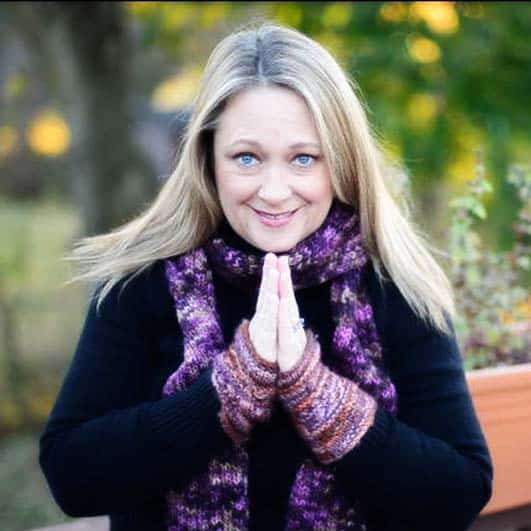The following is the transcript from Heather Stang’s Survivor of Suicide Loss speech at the 2014 Out Of The Darkness Walk for Suicide Prevention in Frederick Maryland on September 6th in Baker Park.
The research data tells us that more than 38,000 people died by suicide in the United States in 2010 – that is one death by suicide every 13.7 minutes. 90% of these people had a diagnosable and treatable mental disorder at the time of their death. We’ve gathered here today to raise awareness, decrease the stigma, and support research that will help identify and treat people suffering from mental illnesses, with the ultimate goal of lowering these numbers.
These are the statistics, but we all know that behind every statistical data point mentioned above, there is a real human being. Someone that is loved beyond death and who during their life had many hopes and dreams.
The human being that I stand here for today is my uncle, Doug Mills, who died by suicide when he was 26 on November 18, 1977. An adventurous young man, he left North Carolina to work on the Alaskan pipeline. Sadly, Doug also suffered from depression, and whatever his demons were, they became too great to bear. His death, though so long ago, still holds more questions than answers, and in many ways defines who I am today, and fuels my passion for suicide prevention.
I stand here today for my whole family – impacted by the loss. My mother, my grandparents, the girlfriend and buddies he left behind. I stand here because I don’t want another sister to learn from a phone call that her brother has died by suicide, or to have to pull her child out of school, explain what suicide is, and then tell her that her uncle won’t be coming back.
I don’t want another parent to have to hear that their child suffered so profoundly, that they just couldn’t take it anymore. I don’t want any of us to have to suffer that great of a loss.
Nor do I want anyone to feel ashamed for having a mental illness. It is not a choice, and often it is treatable. We know that removing the stigma opens the doors to treatment as well as prevention.
Decades after Doug’s death, I became a suicide prevention specialist. One month after Hurricane Katrina struck, I flew south to support the New Orleans branch of the National Suicide Prevention Lifeline, which was understandably understaffed and ringing off the hook. The time I spent supporting the people that called in to the crisis line was time I spent making sure my uncle’s death could save the lives of others. I stand here today for these people, too.
My choice, of course, would be to have my uncle back. But given the reality of the situation, this is how I chose to make meaning of this great loss.
As a thanatologist – and a human being who is a survivor of suicide loss – I know that stigma surrounding a death can impact how well we adjust to life after loss. Community support and what we call “meaning making” – such as walking for awareness, raising funds for this fine organization, or listening compassionately to the story told by the person standing next to you – these things help us adapt, cope with, and even grow through our loss. Grief research shows that it is not time that heals our loss, but what we do with the time that matters.
I look out at this crowd and I don’t see a bunch of numbers – I see a gathering of really special individuals who are willing to work together to ease the suffering of many – all in the name of love. In the name of countless other human beings. I thank you for your courage and your kindness. In closing, I would like to offer you these words. May they guide you on your journey:
May we all be happy. May we all know peace. May we all be free from suffering. Thank you.

